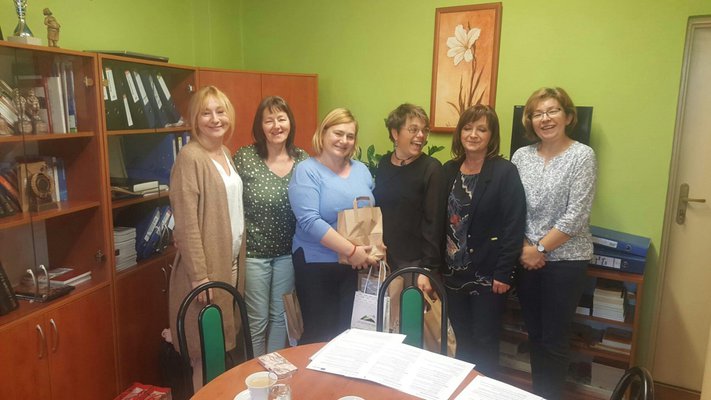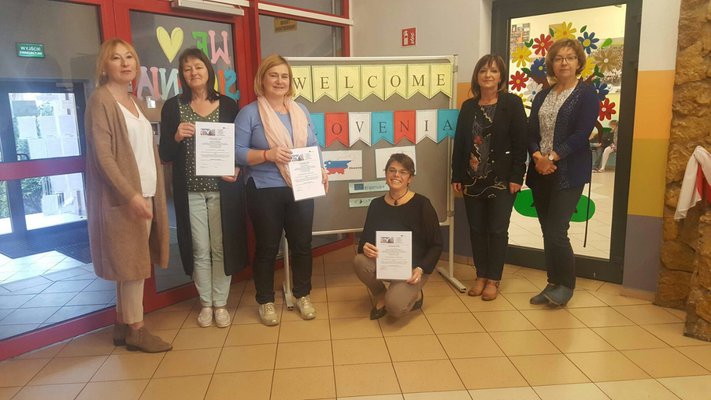In the last October week three teachers visited a Primary school in Rydułtowy in the south of Poland.
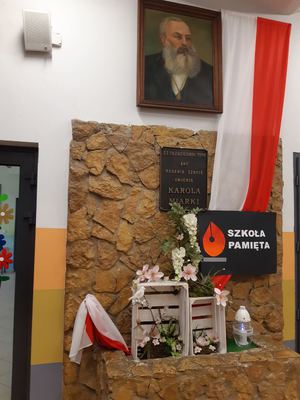
The Karol Miarka Primary School no. 1 is located in a strongly urbanized and industrialized region of southern Poland. Because of its pollution and degradation (due to the coal mines) the region is highly susceptible to unemployment and pathology.
Their students are from 4 to 14 years old. There are about 580 students (31 with disabilities), and 60 teachers with large professional experience in their school.
Their school is very successful in the field of sports (for a few years they have sports classes specializing in cycling and football), science and art.
The first impression when we were greeted at the school hall, was really nice and warm, with a Slovenian flag for welcome and a speech from the students of the seventh class.
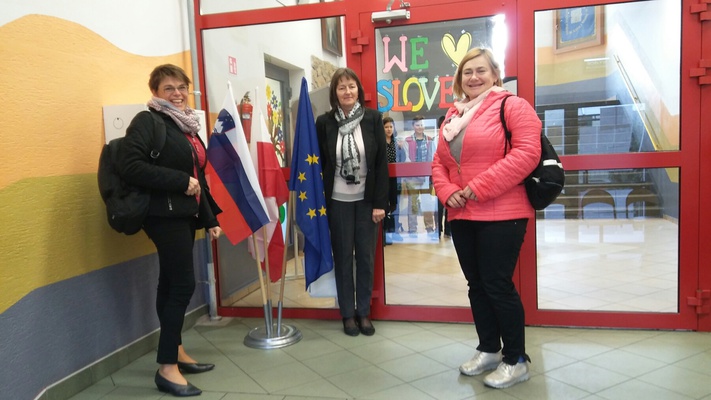
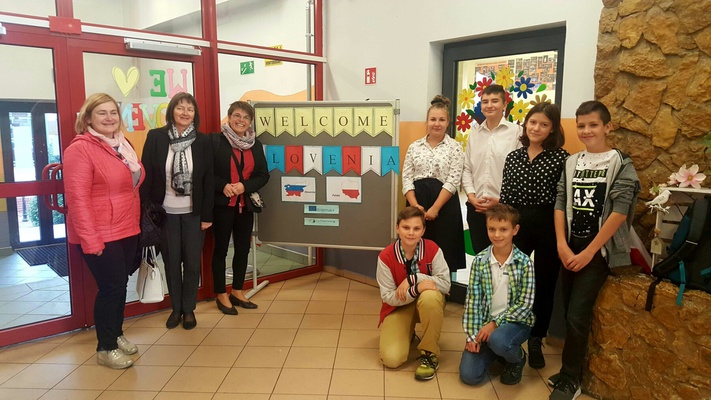
Three students together with our host teacher Ewelina guided us through the school classrooms, gym, offices, staff room, corridors, kitchen, kindergarten… and gave us a quick impression about a daily work routine.
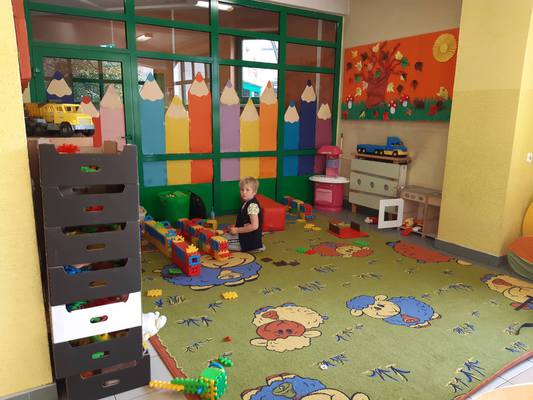
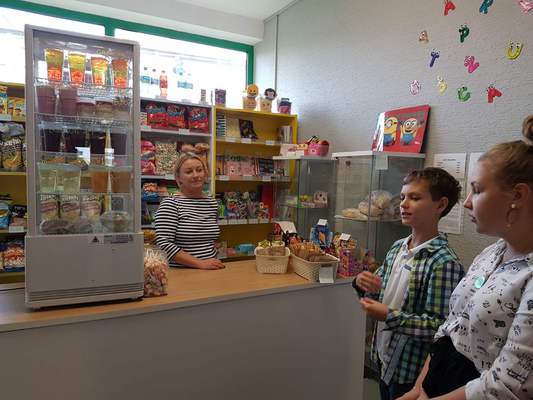
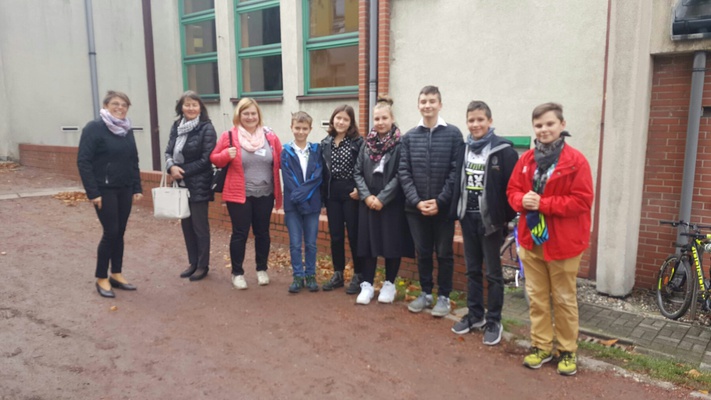
They gave us a tour through the centre town Rydułtowy.
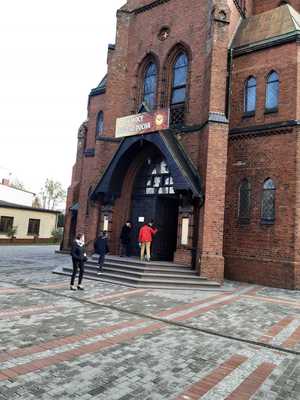
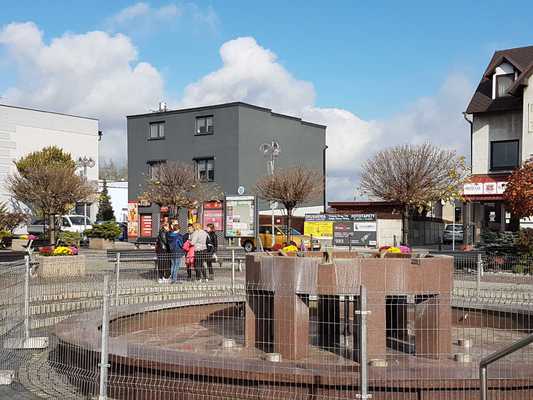
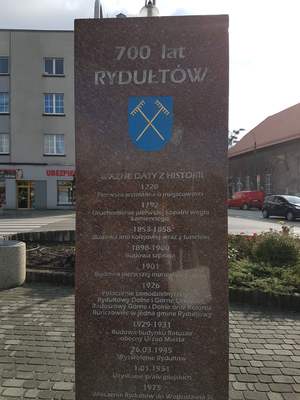
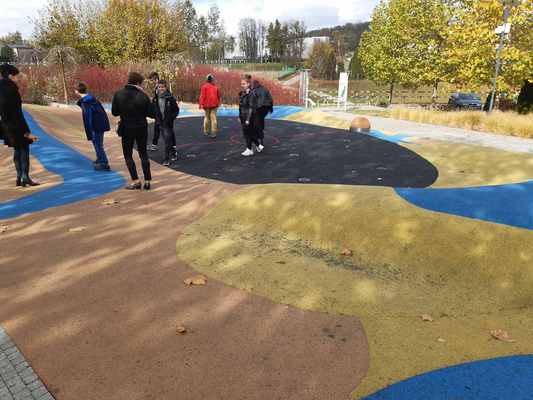
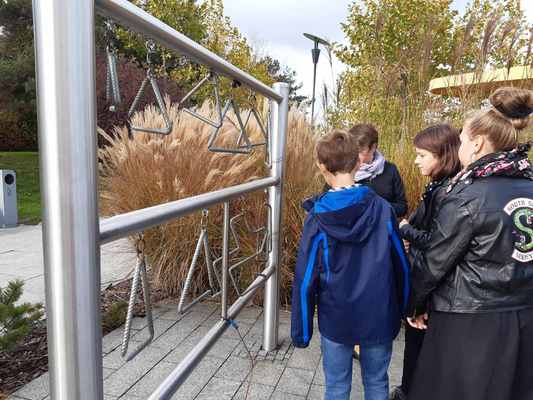
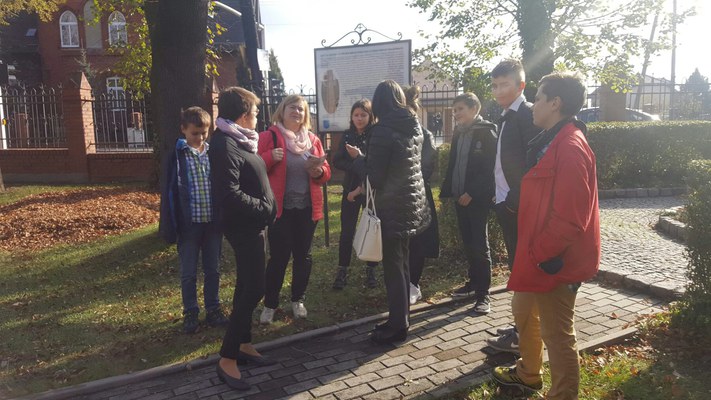
We observed different classes from the youngest to the oldest. We gave a special emphasis at the classes where students with special need were included.
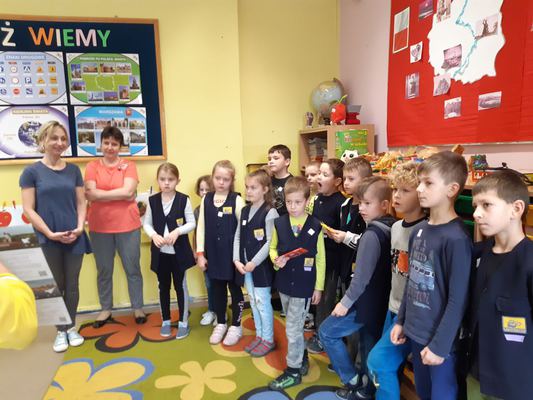
One of those classes is in a special project through which teachers want to increase students' awareness of feelings and to develop their creativity. In that class there are three special needs students. Because of them there is a second teacher there, to work with them in the classroom with the others.
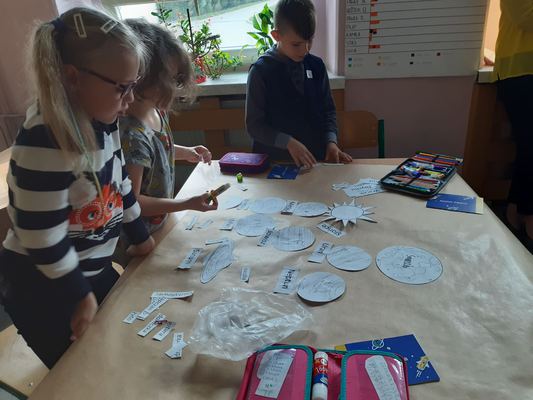
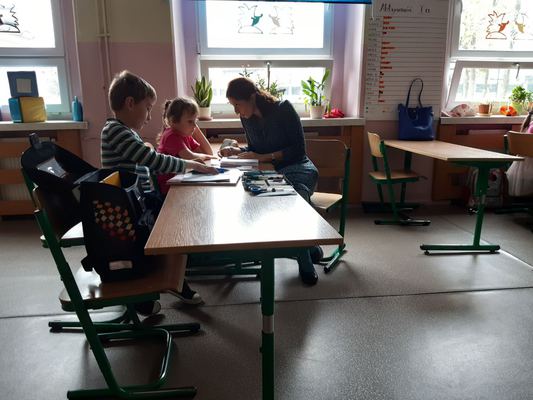
Besides the second teacher in this class, there are only one sociologist and psychologist, no other experts for SN students. They usually work with SN students in small groups, not individually.
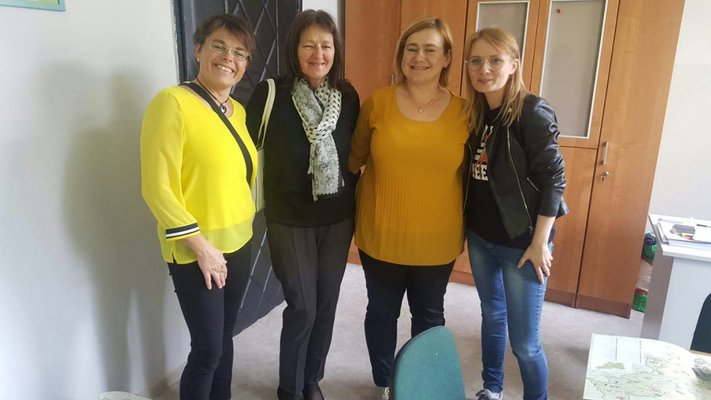
Classrooms are equipped with interactive whiteboards, which teachers use. In the oldest classes teachers prepare also activities with Kahoot and Quizlet.
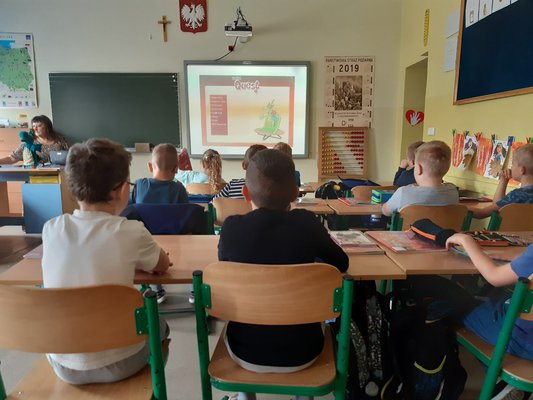
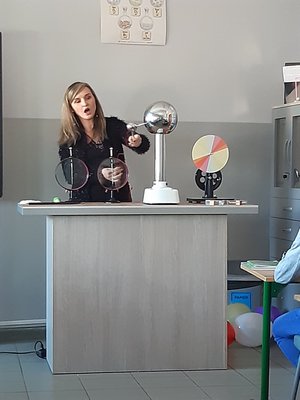
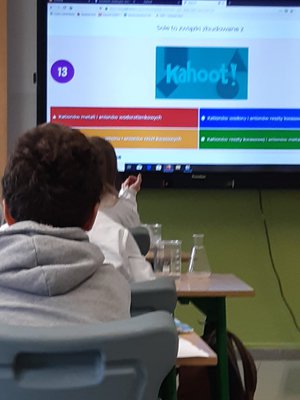
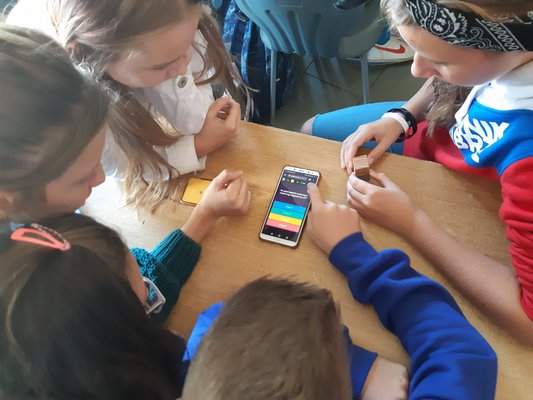
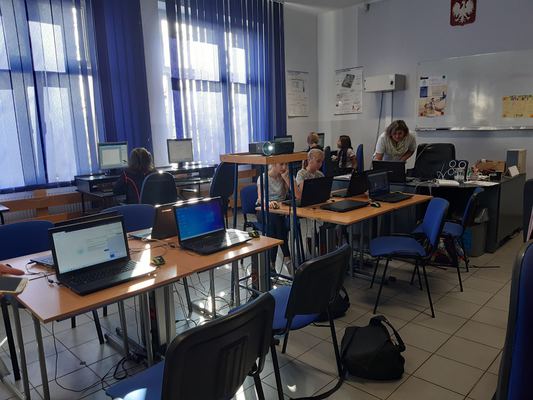
In one classroom for younger students they include activities with a special device called magic carpet. It projects interactive activities on the floor and children have to move, step, jump on the projection to find the answers and solutions.
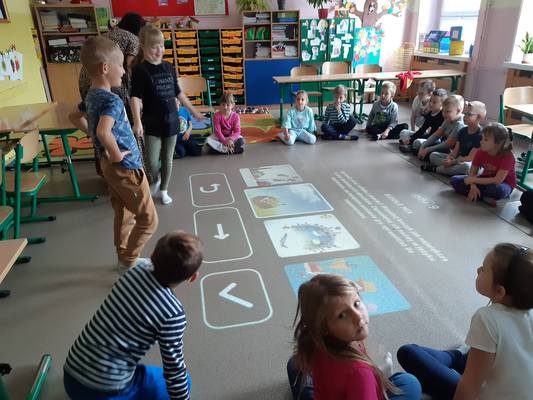
They have a special physio room for students with disabilities.
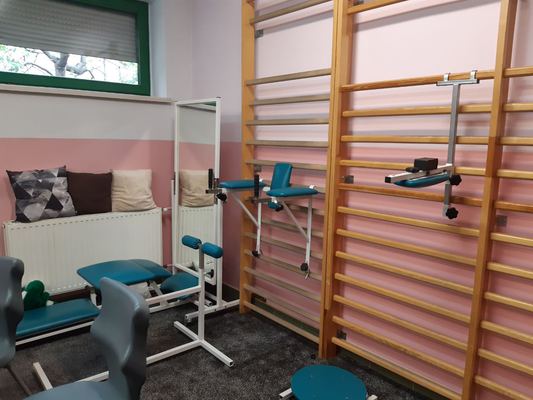
There is also a school nurse who takes care of students’ small sicknesses.
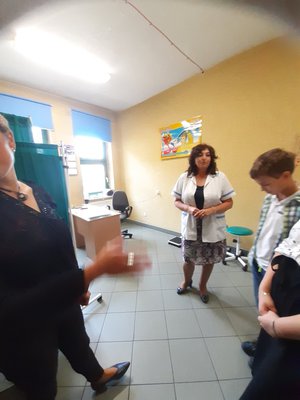
Students gave us a really warm welcome each time we visited a classroom, especially the youngest. They even dressed themselves really elegant and festive just because they hosted us, “guests of honour”.
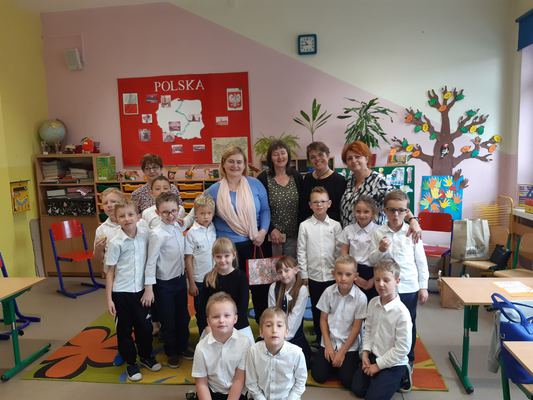
They have in the history classroom a big collection of old school and other equipment as some kind of school museum.
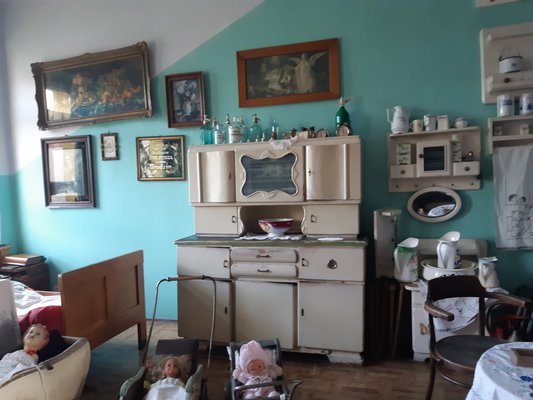
Students prepared with their teachers a folk dance festival with their traditional folk dresses, dances and food.
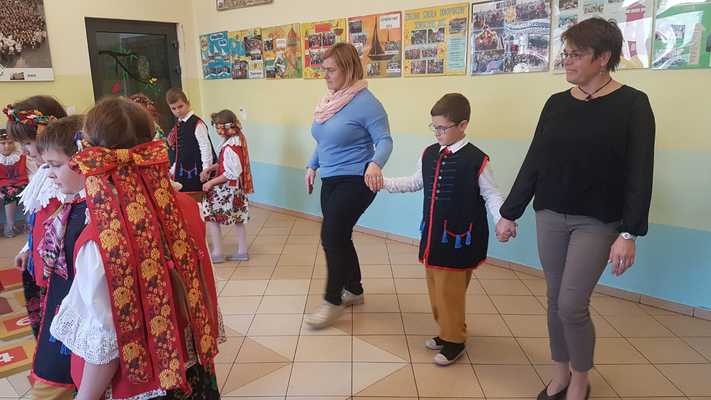
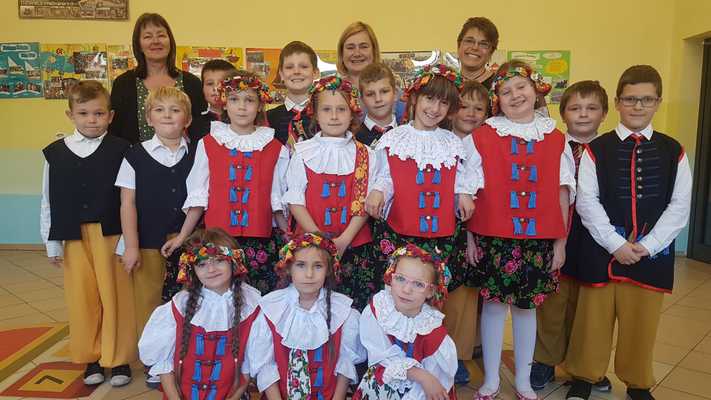
A history teacher prepared together with her grandmother a workshop of making butter and cooking soup which was the food of poor Slesian citizens in the past.
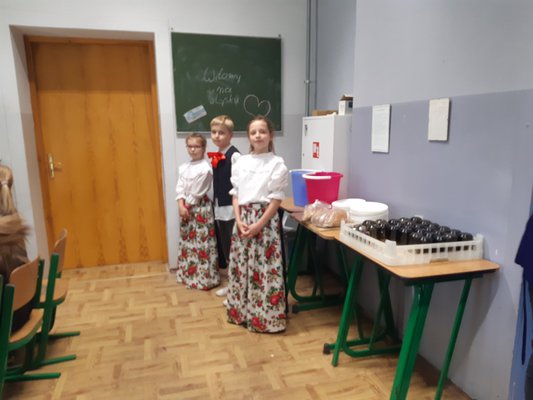
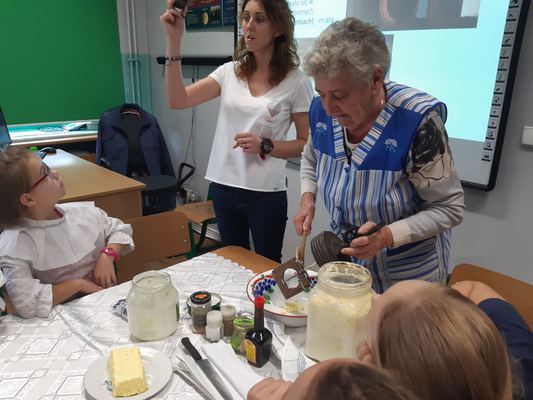
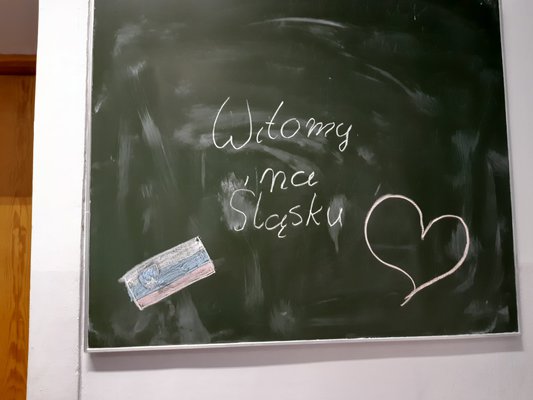
In the school they try to make good use of spaces and corridors with relax corners, table tennis desk, black spaces for colouring on the walls. They have a whole history gallery of the school staff and students through the years.
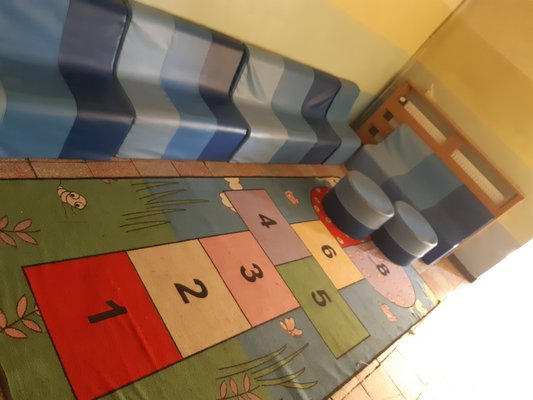
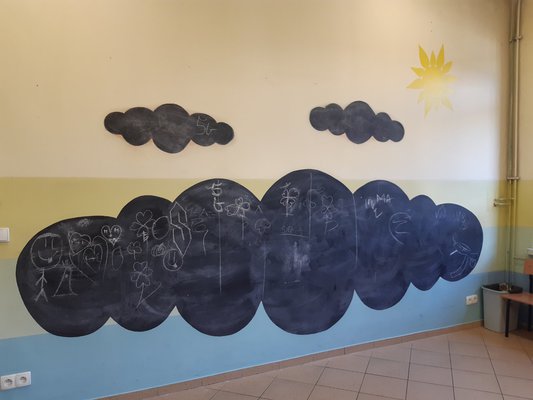
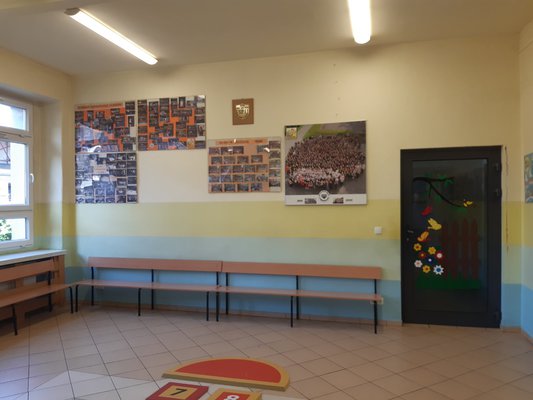
We presented our country to the teachers and the school management with picturesque catalogues, our Karst prosciutto, cheese, coffee, chocolate, with photos, maps. We have had a discussion about our educational systems and types of inclusion, similarities and differences between them.
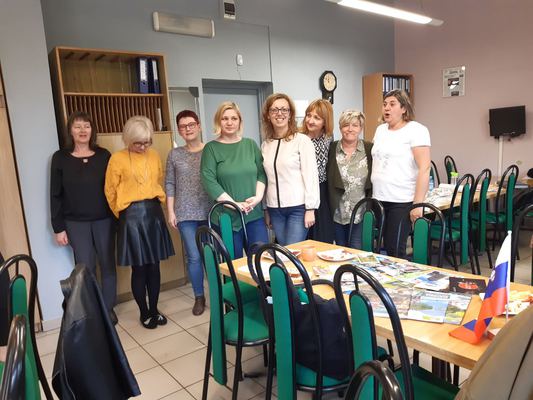
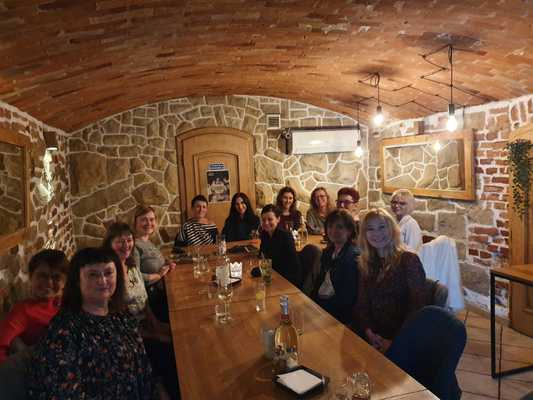
The stress of our project is diversity, so we also had an educational visit - outdoor learning in a place which is the biggest reminder what happens when society isn’t tolerant towards any kind of diversity… Auschwitz-Birkenau.
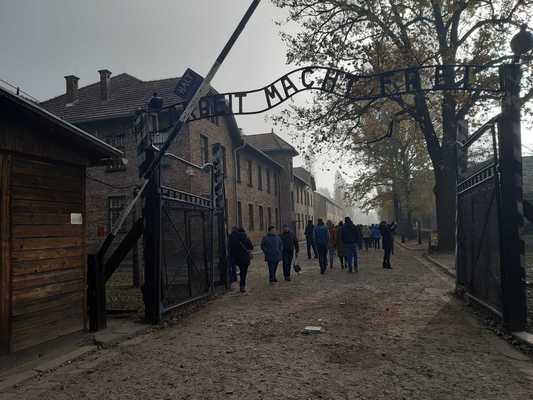
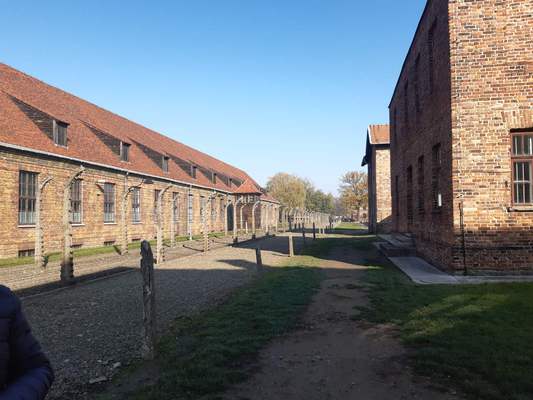
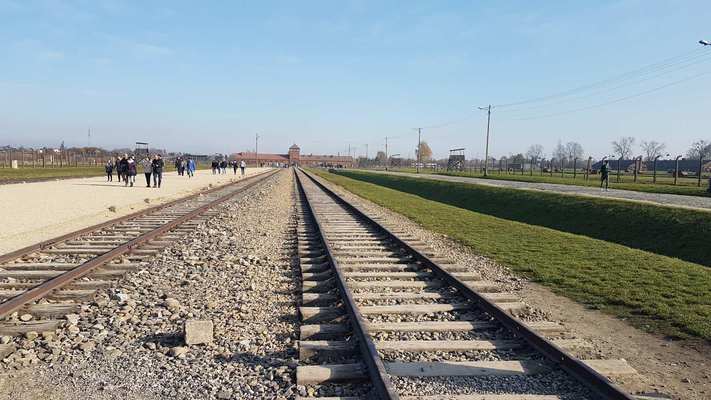
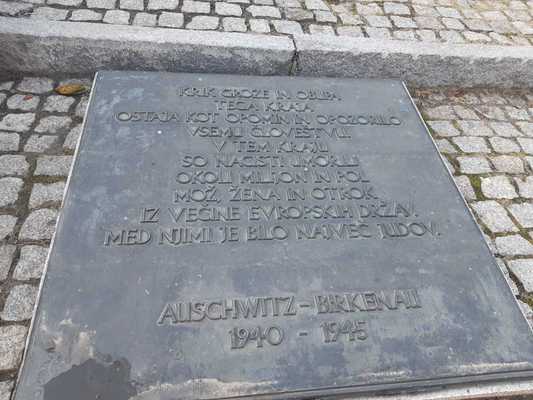
Evaluation and certification, exchange of promotion material with headmistress and her deputies.
